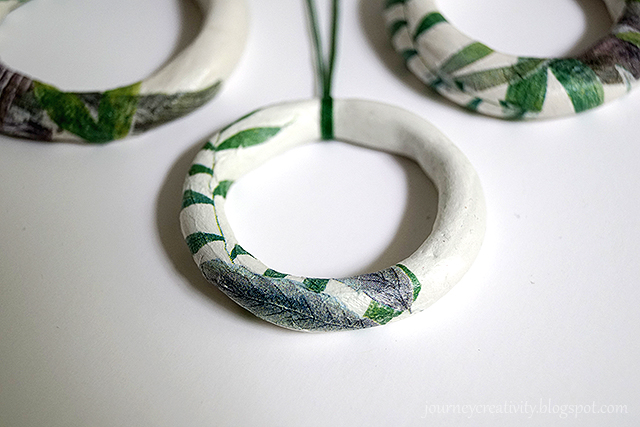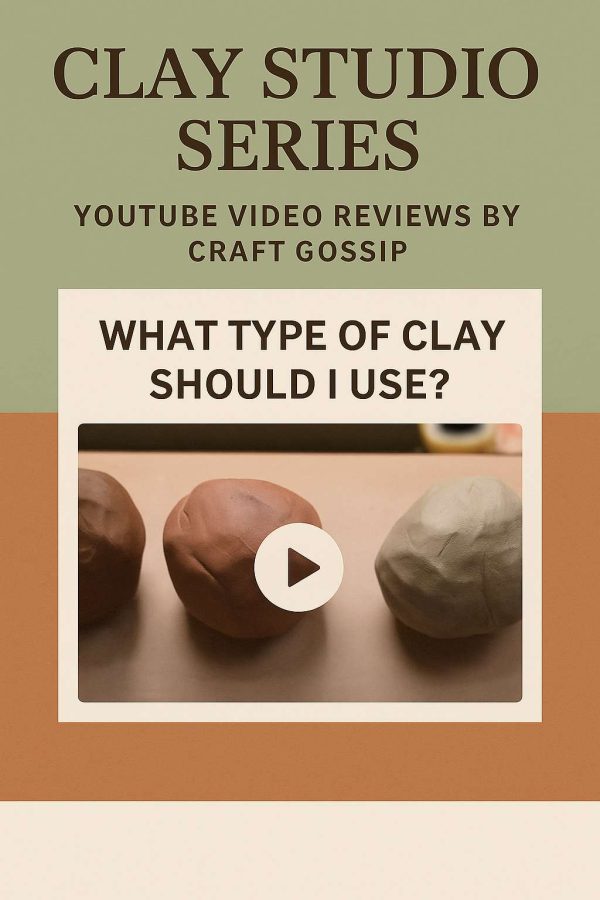
Transferring or incorporating other media images into your polymer clay isn’t that unusual but I admit I haven’t done it with air dry clay. This Greek artist uses the often cute motifs from paper napkins to do it with air dry clay here (English translation). Since the air dry clay and paper method is more of a straight up collage, the artist seems to apply a top coat – although the translation is a little odd there – to keep the paper firmly in place and not be damaged.
You could absolutely finesse all sorts of other shapes with this technique or use other thin papers in the project. Since the actual papers are being collaged – making the images opaque – on you could add comic book cut outs to black air dry clay for example.
Looking for air-drying clay? We highly recommend Das Air dry clay, we have been using this product for over 30 years. Check out their Das White Air drying clay and their Terracotta Air drying clay
version for a natural pottery feel. For larger crafts we recommend buying your air drying clay in bulk.
If you are in Australia Kmart Air drying clay is also great for beginners.
